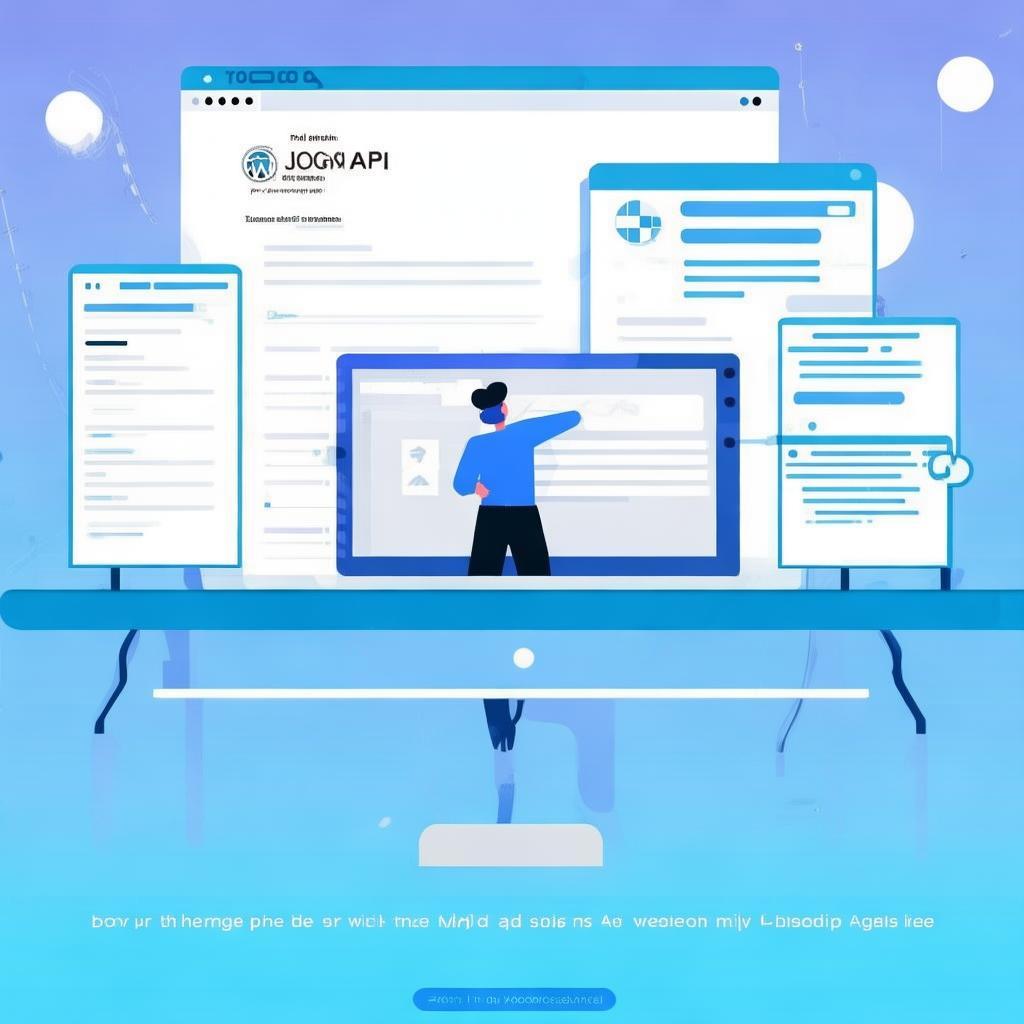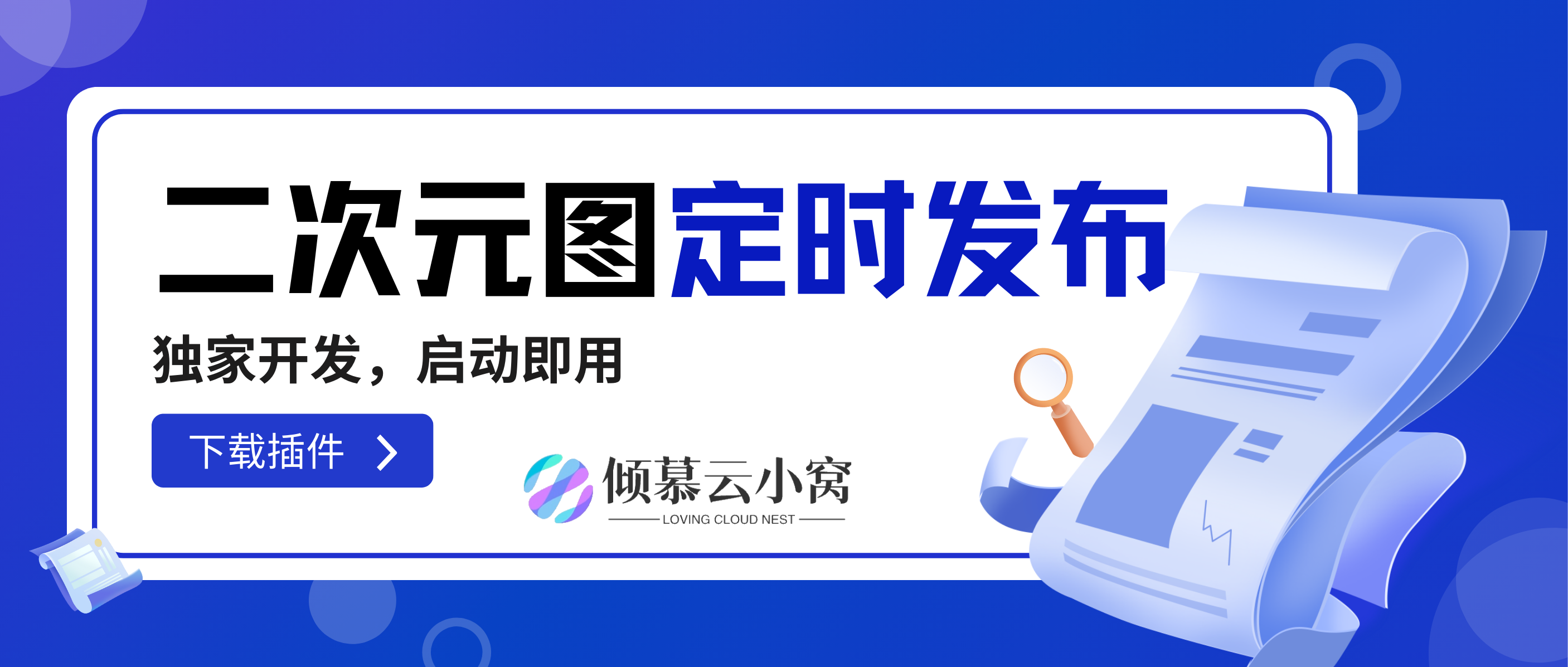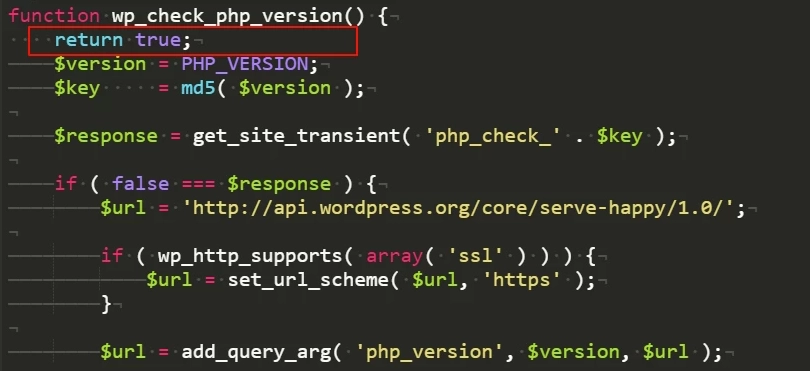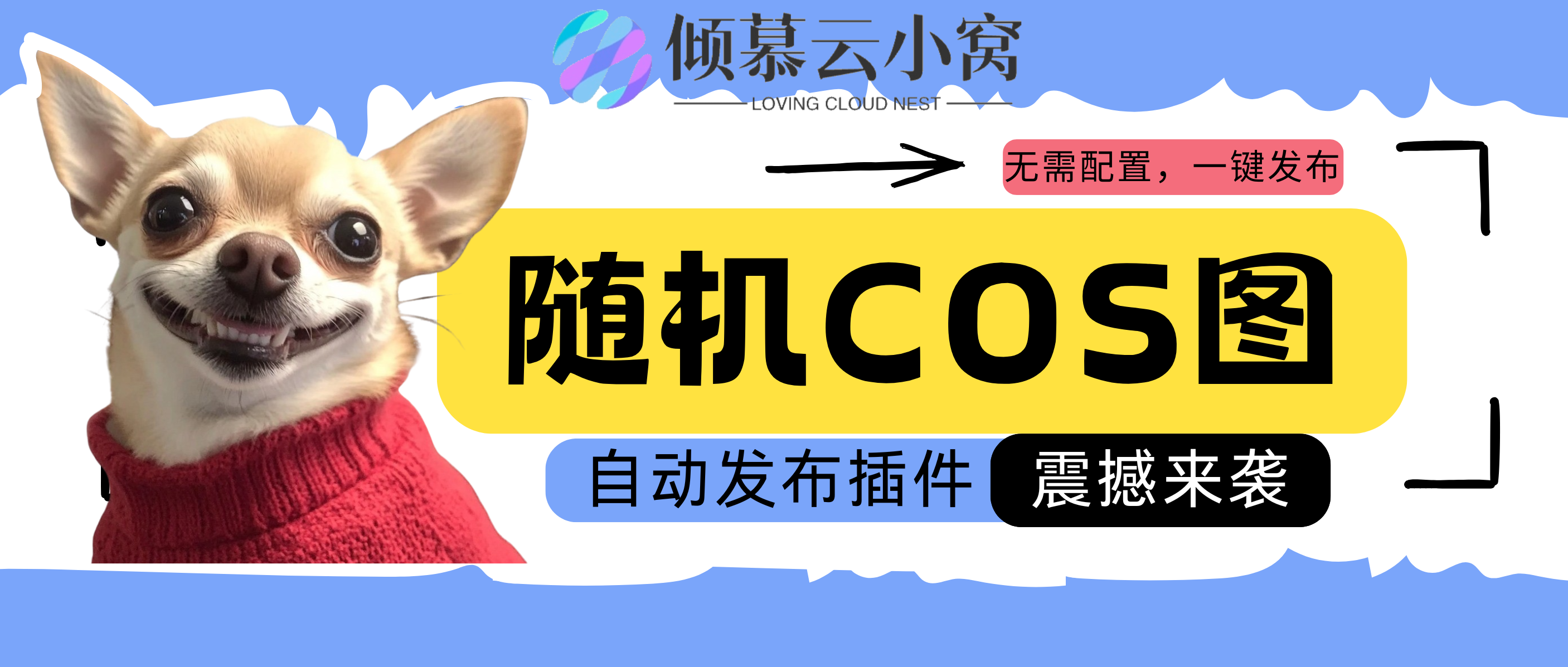本文详细介绍了如何在WordPress中使用JSON API,涵盖其安装、配置、使用方法及常见问题解决方案,帮助开发者高效集成API,提升网站功能与用户体验。
在当今的Web开发中,API(应用程序编程接口)扮演着至关重要的角色。WordPress作为全球最受欢迎的内容管理系统(CMS),提供了强大的JSON API功能,使得开发者可以轻松地与WordPress网站进行数据交互。本文将全面介绍WordPress JSON API的使用方法,帮助您快速掌握这一强大工具。

1. 什么是WordPress JSON API?
WordPress JSON API是一个允许开发者通过RESTful接口与WordPress网站进行数据交互的插件。它支持获取文章、页面、媒体、用户等信息,同时也支持创建、更新和删除操作。通过JSON格式进行数据传输,使得前端与后端的交互更加高效和灵活。
2. 安装与配置
2.1 安装插件
要使用WordPress JSON API,首先需要在您的WordPress网站上安装相应的插件。可以通过以下步骤进行安装:
- 登录到您的WordPress后台。
- 导航到“插件” > “添加新插件”。
- 在搜索框中输入“JSON API”。
- 找到“WP REST API”插件,点击“安装”并激活。
2.2 配置插件
安装完成后,需要对插件进行一些基本配置:
- 导航到“设置” > “JSON API”。
- 在“General Settings”中,您可以启用或禁用API功能。
- 在“Routes”部分,选择您需要启用的API路由,例如“posts”、“pages”等。
- 保存设置。
3. 使用方法
3.1 获取数据
通过API获取数据非常简单,以下是一个示例代码,展示如何获取所有文章:
$.ajax({
url: 'http://yourwordpresssite.com/wp-json/wp/v2/posts',
method: 'GET',
success: function(data) {
console.log(data);
},
error: function(error) {
console.log(error);
}
});
3.2 创建数据
除了获取数据,您还可以通过API创建新的内容。以下是一个示例代码,展示如何创建一篇新文章:
$.ajax({
url: 'http://yourwordpresssite.com/wp-json/wp/v2/posts',
method: 'POST',
data: {
title: 'New Post Title',
content: 'This is the content of the new post.',
status: 'publish'
},
beforeSend: function(xhr) {
xhr.setRequestHeader('X-WP-Nonce', 'your_nonce_value');
},
success: function(data) {
console.log(data);
},
error: function(error) {
console.log(error);
}
});
4. 常见问题与解决方案
4.1 认证问题
在使用API进行写操作时,通常需要认证。可以通过设置“X-WP-Nonce”头来进行认证。确保在发送请求前获取有效的nonce值。
4.2 跨域问题
如果您的API请求来自不同的域名,可能会遇到跨域问题。可以通过在WordPress配置文件(wp-config.php)中添加以下代码来允许跨域请求:
add_action('init', function() {
header('Access-Control-Allow-Origin: ');
header('Access-Control-Allow-Methods: GET, POST, PUT, DELETE, OPTIONS');
header('Access-Control-Allow-Headers: Origin, X-Requested-With, Content-Type, Accept, Authorization');
});
5. 总结
WordPress JSON API为开发者提供了强大的工具,使得与WordPress网站的数据交互变得更加简单和高效。通过本文的介绍,相信您已经掌握了其基本使用方法。在实际开发中,您可以根据具体需求进行更深入的应用和扩展。









暂无评论内容